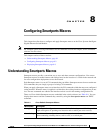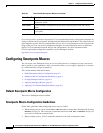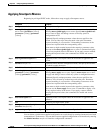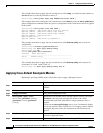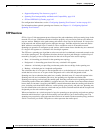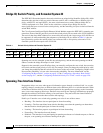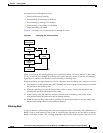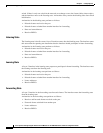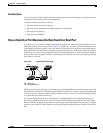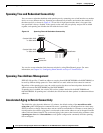
CHAPTER
9-1
Cisco Systems Intelligent Gigabit Ethernet Switch Modules for the IBM BladeCenter, Software Configuration Guide
24R9746
9
Configuring STP
This chapter describes how to configure the Spanning Tree Protocol (STP) on port-based VLANs on
your Cisco Systems Intelligent Gigabit Ethernet Switch Module. The switch can use either the
per-VLAN spanning-tree plus (PVST+) protocol based on the IEEE 802.1D standard and Cisco
proprietary extensions, or the rapid per-VLAN spanning-tree plus (rapid-PVST+) protocol based on the
IEEE 802.1w standard.
For information about the Multiple Spanning Tree Protocol (MSTP) and how to map multiple VLANs
to the same spanning-tree instance, see Chapter 10, “Configuring MSTP.”
For information about other spanning-tree features such as Port Fast, UplinkFast, root guard, and so
forth, see Chapter 11, “Configuring Optional Spanning-Tree Features.”
Note For complete syntax and usage information for the commands used in this chapter, see the command
reference for this release.
This chapter consists of these sections:
• Understanding Spanning-Tree Features, page 9-1
• Configuring Spanning-Tree Features, page 9-11
• Displaying the Spanning-Tree Status, page 9-23
Understanding Spanning-Tree Features
These sections describe how basic spanning-tree features work:
• STP Overview, page 9-2
• Spanning-Tree Topology and BPDUs, page 9-3
• Bridge ID, Switch Priority, and Extended System ID, page 9-4
• Spanning-Tree Interface States, page 9-4
• How a Switch or Port Becomes the Root Switch or Root Port, page 9-7
• Spanning Tree and Redundant Connectivity, page 9-8
• Spanning-Tree Address Management, page 9-8
• Accelerated Aging to Retain Connectivity, page 9-8
• Spanning-Tree Modes and Protocols, page 9-9



